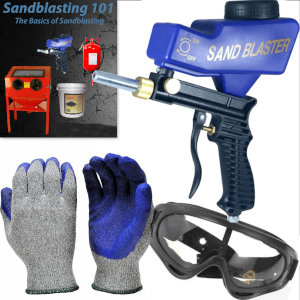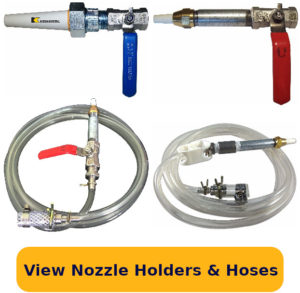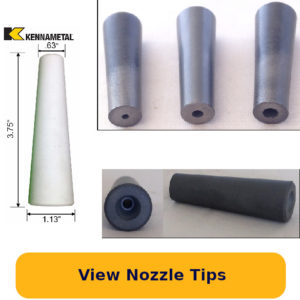Key Points:
- The purpose of the article is to provide guidance on how to choose the appropriate sandblasting media for a specific surface and job requirement.
- The article discusses various types of sandblasting media, including abrasive sand, plastic media, and others, and their characteristics such as hardness, particle size, and abrasiveness.
- The article provides tips on how to make an informed decision when choosing sandblasting media, such as considering the surface to be sandblasted, the desired finish, and the type of equipment being used.
When it comes to sandblasting, the type of media used plays a significant role in determining the final result on a specific surface.
There are various options available, each with its own unique set of characteristics like hardness, particle size, and abrasiveness. Some of the most common types of sandblasting media include abrasive sand, plastic media, and others. To make the best decision, it’s crucial to take into consideration the surface to be sandblasted, the desired outcome, and the equipment being used. In this article, we will provide tips and guidance on how to choose the ideal sandblasting media for your project.
When selecting a sandblasting medium, it’s important to keep the following factors in mind:
- Start with a gentler option: If you’re not sure how the surface will react to a more abrasive media, it’s best to begin with a softer option.
- Use glass for a brighter finish: Soda-lime glass beads are often used in bead-blasting applications because they put minimal stress on the surface material, resulting in a smoother and brighter finish.
- Aluminum oxide for paint removal: Aluminum oxide is a hard and sharp material that is ideal for paint removal and general cleaning.
- Plastic for aerospace and automotive needs: Plastic is a soft material that works well for removing paint from fiberglass, which is commonly used in aerospace and automotive parts.
- Silicon carbide for aggressive cutting: Silicon carbide has an aggressive cutting action and is suitable for cutting glass, stone, and other hard surfaces.
- Round and angular shapes for steel: Round steel shot is ideal for shot-peening and polishing, while angular shapes work better for paint removal.
- Avoid using sand: Some companies are avoiding the use of sand for sandblasting due to its high silica content, which can cause respiratory issues when inhaled, and its high moisture content, which can cause blasting equipment to break down.




